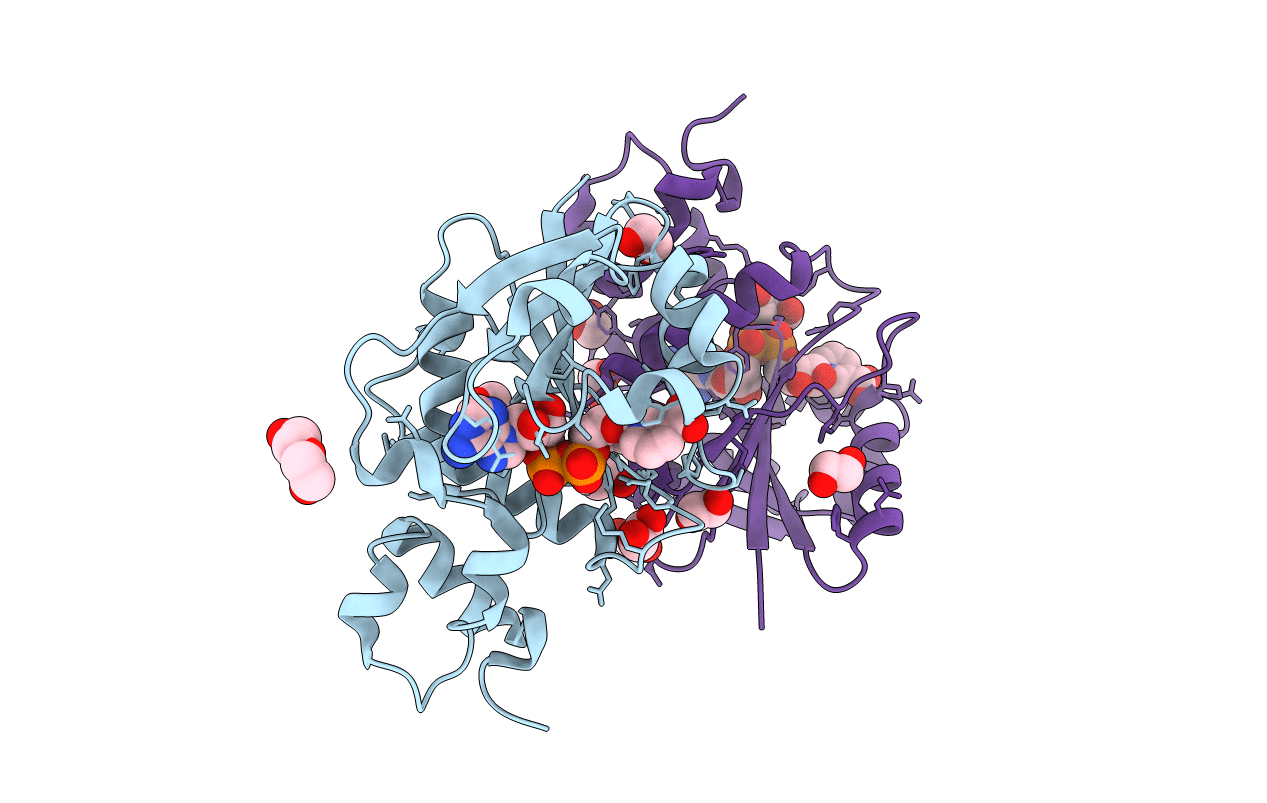
Deposition Date
2016-07-28
Release Date
2016-11-30
Last Version Date
2024-01-10
Entry Detail
PDB ID:
5LLT
Keywords:
Title:
Plasmodium falciparum nicotinic acid mononucleotide adenylyltransferase complexed with NaAD
Biological Source:
Source Organism:
Plasmodium falciparum (isolate 3D7) (Taxon ID: 36329)
Host Organism:
Method Details:
Experimental Method:
Resolution:
2.20 Å
R-Value Free:
0.23
R-Value Work:
0.16
R-Value Observed:
0.17
Space Group:
P 1


